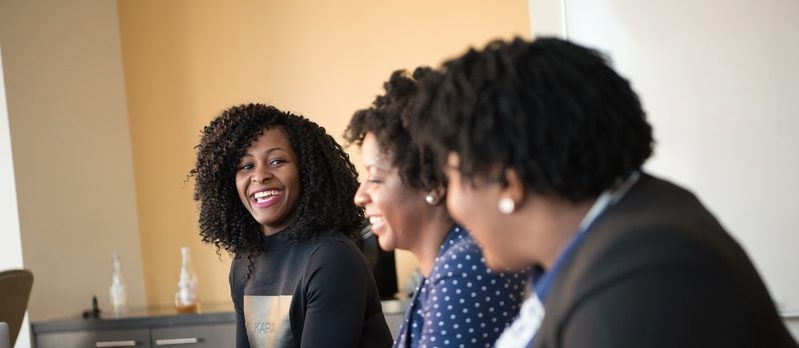By Stephanie Kanowitz
We spoke with Tracey France, government DE&I expert, to get a better handle on one of the hottest workforce topics today. France was working with the U.S. Department of Labor’s Office of Inspector General at the time of the interview but has since joined another agency.
This interview has been lightly edited for clarity and length.
Why should agencies care about diversity, equity and inclusion?
Any organization that involves people that come from diverse backgrounds and diverse experiences is going to have to have diversity management. Diversity just is. What makes diversity work is inclusion because you need to have an inclusive workplace culture where people can feel like they can bring their full selves to work, they can contribute without any inhibition. We don’t even have to talk about race and somebody’s color or somebody’s gender. We’re just talking about people coming with different personalities, skill sets, different experiences that shape how they view the world. All of that is coming together and could potentially collide if you don’t have a way of managing it and helping people understand how to navigate differences.
How does DE&I translate into healthier organizations?
One of the things that DE&I says is, “We are going to teach you how to appreciate differences. We’re also going to show you how making systems equitable makes it so we can all participate so you don’t have to have that disharmony in your organization. Then, we’re going to teach you how to be inclusive so that everyone has an opportunity to shine, flourish and thrive.” That is going to drive the health of your organization. It’s something you have to be very intentional about. The health doesn’t come just by happenstance. With your physical body, there are things that you have to do in order to be healthy. There are things you have to maintain in terms of practices that will keep your organization healthy.
When doing workforce planning, what are the key issues around DE&I to consider?
Some of the time, succession planning is a concern. How are we able to identify who’s currently in our workforce, and how do we maintain that in order to know where the gaps are going to be in the future? What are the skills that we would need not only now to do the current job, but where are we heading? What skills are going to become more obsolete? What skills will we need in the future as we go deeper into this digital world that we are in? Artificial intelligence (AI) is not the future. AI is today, so what jobs may even be replaced with automation? Because of who’s in those roles now, there will be a significant impact on the future workforce. We’re becoming a more diverse nation. They’re projecting that in the year 2024, Hispanics will be one-fifth of the labor force and white people will be [almost] half. If you don’t take that into consideration, when it comes time for those positions to be filled, you will not be prepared.
What is the role of data in tracking DE&I?
Data is helpful to know what your baseline is and for assessing where you’re trying to go because then you can start putting some metrics together to say, “OK, we are here. We want to be there. What do we need to do differently to measure if we’re inching closer to there verses here?” That’s all data. Data can be a tool for measuring and it can be a tool for diagnosing, and it can inspire you and in some cases it can make you feel defeated. When you’ve been doing something for so long and it doesn’t seem like the needle is moving at all, it can become demoralizing to do this work. In particular with DE&I, minority groups are kind of fed up. The data reflects that organizations are not doing nearly enough. Any kind of commitment that you make toward DE&I, eventually people will want to see the data match that. There has to be some alignment or it’s going to seem like it’s falling on deaf ears.
What tips do you want to share with readers?
I would encourage people to jump outside their comfort zones and look at it as an opportunity to learn something about themselves and others. That sounds a little Pollyanna, but in one sense, diversity, equity and inclusion is not that deep because if we all just try to think about other people in our actions and look for those points where we can connect, that’s going a long way toward furthering diversity, equity and inclusion because that becomes a practice. If it’s not practice, it’s not going to stick.
This article is an excerpt from GovLoop’s playbook, “How Agencies Can Make the Shift to Workforce Optimization.” Download the full playbook here.
